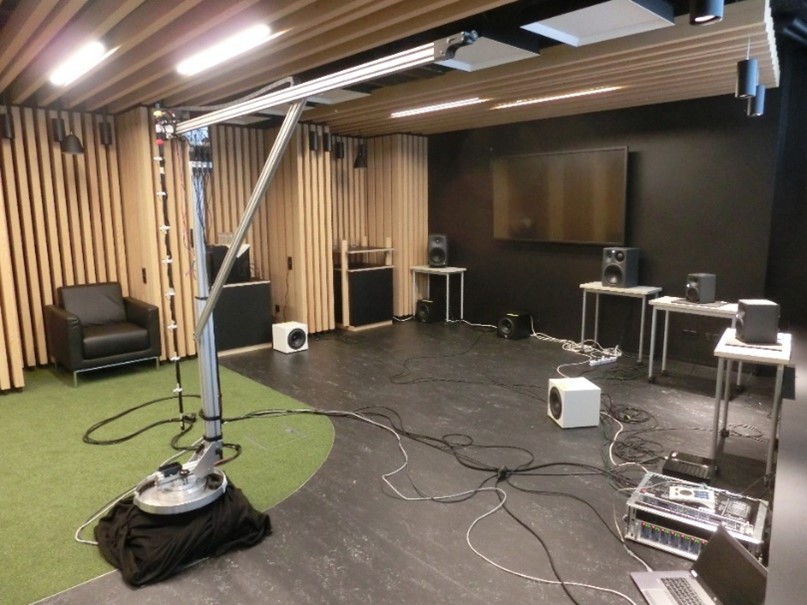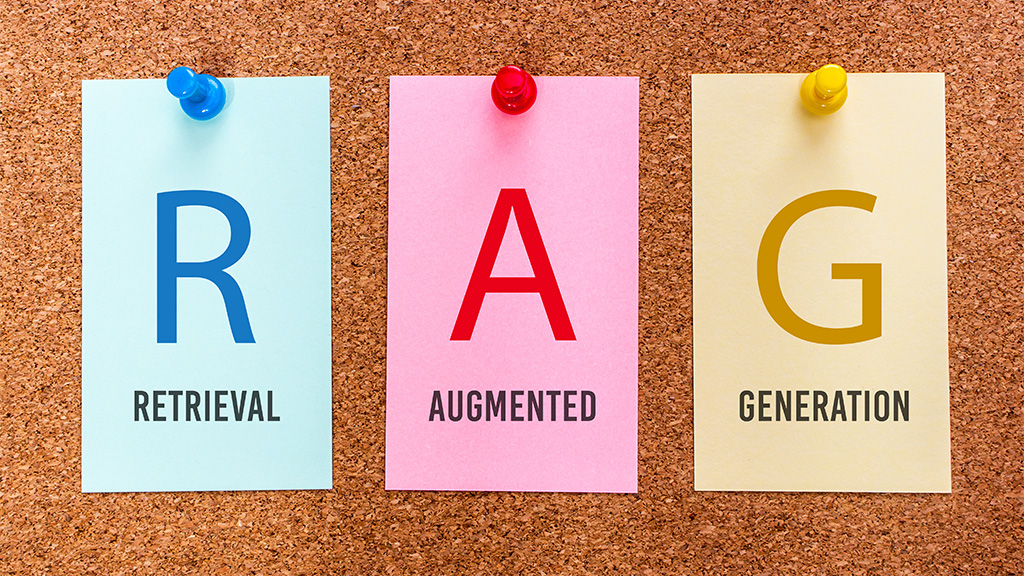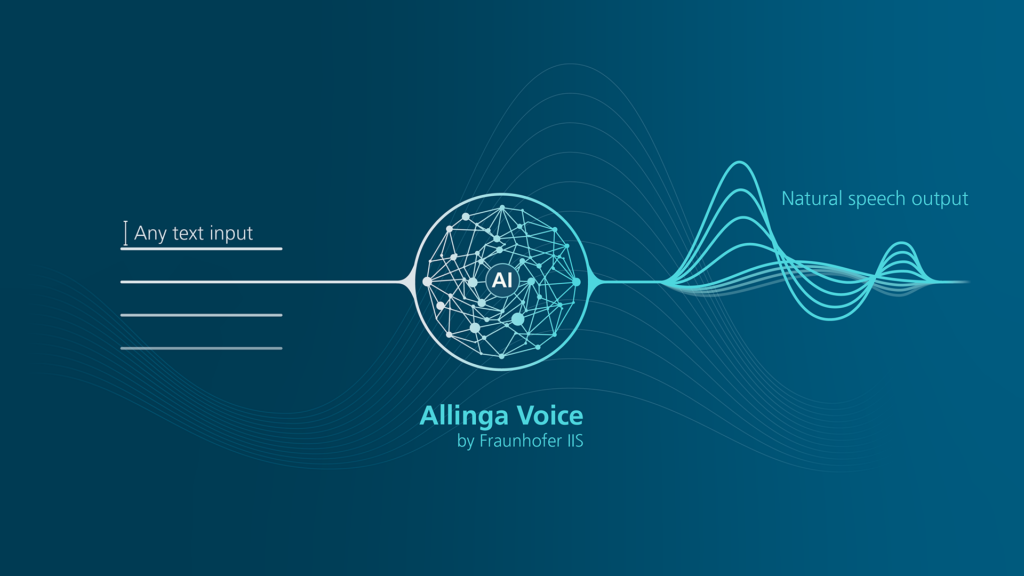A room impulse response (RIR) describes the acoustic system behavior between a sound source and a receiver in a room. Various audio signal processing methods, such as speech enhancement, sound source localization, source separation, speaker verification and room geometry inference, utilize the information contained in RIRs. Publicly available RIR databases are an important source for research on and verification of methods that aim at using the information contained in acoustic environments or artificially generating them. Specifically the training and testing of robust deep neural networks often require large amounts of data, diverse enough to enable generalization, as the sound field inside a room depends on many factors, such as the room shape, the absorption characteristics of the materials that comprise the bounding surfaces, the furniture present in the room, and the source position and its acoustic characteristics.
At Fraunhofer IIS a measurement robot system has been developed that is capable of obtaining acoustic measurements on a uniformly spaced three-dimensional grid.

At the 156th Convention of the Audio Engineering Society, which was held in Madrid, we presented the design of the measurement system together with the description of an extensive measurement session (Multi-Purpose Room Impulse Response Dataset Measured on a 3D Spatial Grid). Different sound sources have been measured in a complex shaped room with diversified wall properties and structures. The collection of RIR measurements on a dense spatial grid allows for detailed analyses of this challenging environment. In total, the dataset comprises 68736 RIRs measured at 8592 microphone positions using different sound sources at different positions. Due to the versatile usability of this dataset, it can be used for many applications, examples of which have been described in the paper.
An increasing number of publicly available RIR databases that aim to provide detailed descriptions of interior sound fields can be found in the literature. The availability of many RIR databases covering diverse scenarios is beneficial to the community. To contribute to that, we published the data of the measurement session described in the paper. The dataset can be obtained from Zenodo.
Authors: Cagdas Tuna and Andreas Walther





